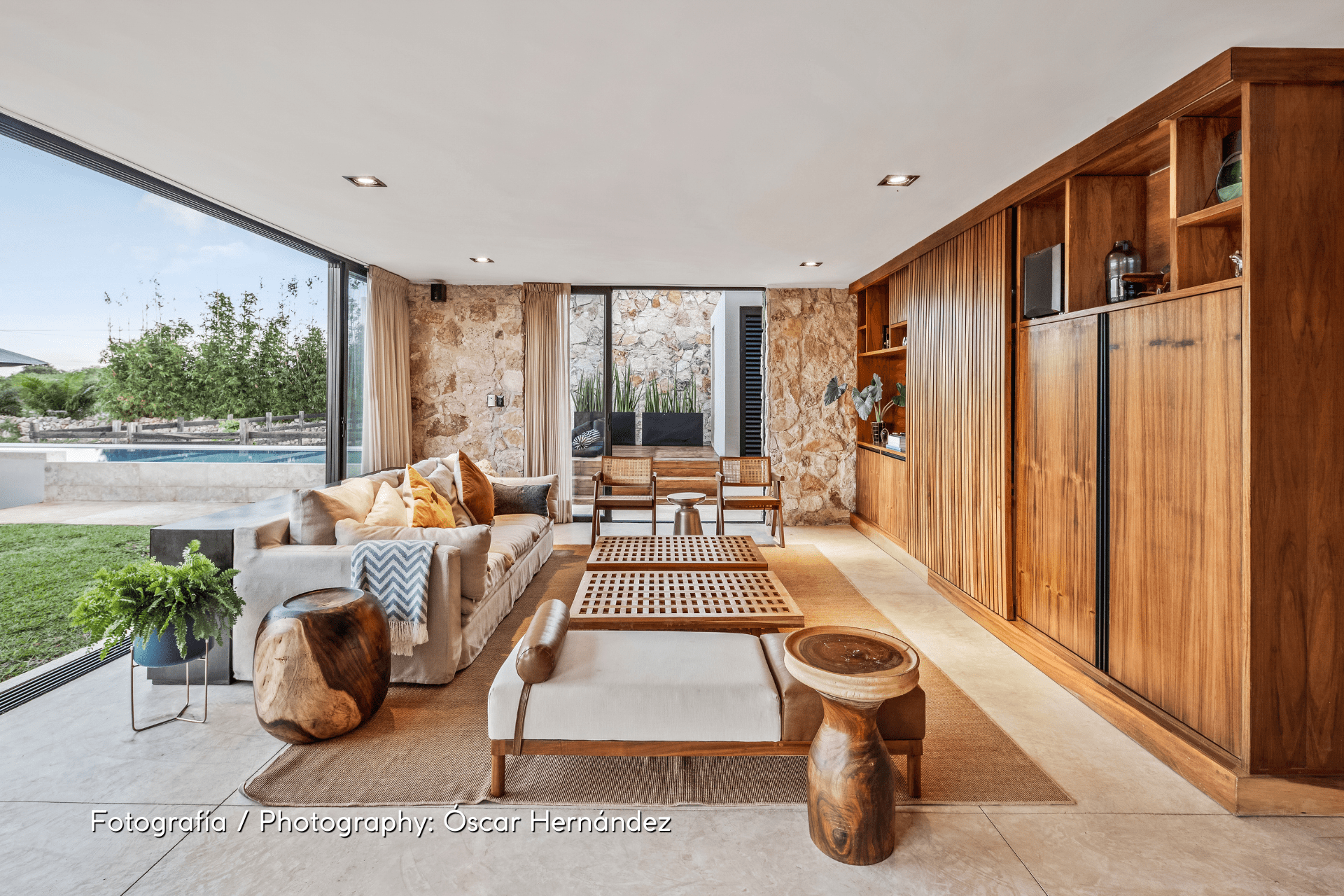
Nature at home, a new way of loving interiors
Learn with Juan Pablo González about the importance of incorporating natural elements in interior design in “Nature at home, a new way to love interiors”.
99% of human history has developed in close connection with nature, says biologist Edward O. Wilson, who coined and developed the concept of biophilia to talk about the influence that nature exerts on human beings. Taking this into account, it is possible to affirm that including natural elements in our environments and living spaces should be a mandatory task to fulfill when designing interiors.
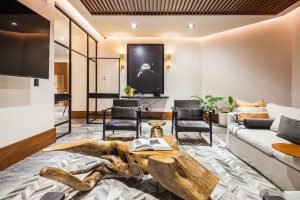
Shark showroom.
Photography: Óscar Hernández
“Including natural elements in our living spaces should be a mandatory task when designing interiors.”
Our way of living has been adapting. We are currently in a period of high human mobility and, for some, the only option on the table is a nomadic life. Also, there are now more temporary homes, like Airbnb, where it is an almost impossible task to keep nature alive.
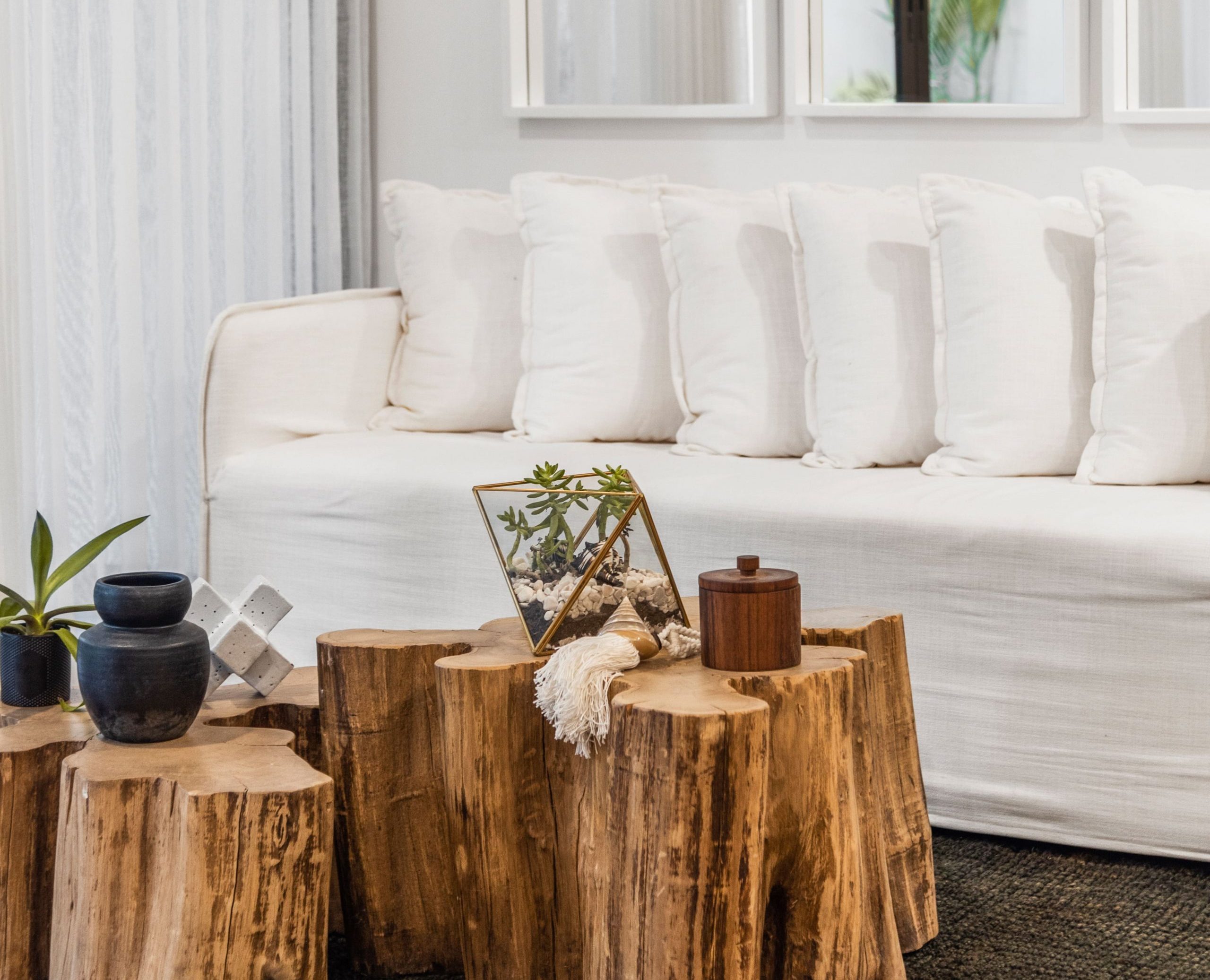
OMARA I
Fotografía: Óscar Hernández
In addition to this, in the last decade we have observed a rise in vertical housing worldwide, which has reduced the habitable square meters, another reason why it is becoming increasingly difficult to connect with the vegetation of our environment, however, as the living beings that we are, humans feel an intrinsic need to connect with the environment in which we establish ourselves.
Despite these exchanges that our contemporary society has experienced, it is in this way that our growing fascination with nature has become more evident. In social networks we can observe an upward trend in the theme of aesthetics, a trend that implements natural elements, mainly living elements, as a result of studies with solid bases that support their inclusion.
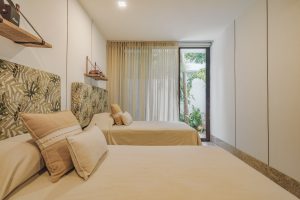
OMARA II
Photography: Óscar Hernández
Today we face many challenges that prevent us from including vegetation in our homes, whether due to lack of space, natural lighting or open areas, that is why we use the entire spectrum of materials to dress our spaces: the images, shapes and textures that emulate the natural context of the habitat.
Now, if we start from the idea that we recognize the influence that materials have on our emotions, it would be favorable to emphasize the use of as many organic materials and those of natural origin, whenever possible, to positively impact the users.
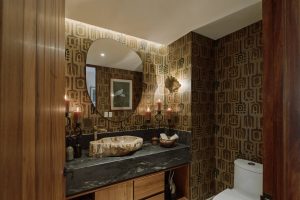
ANTAAL
Photography: Óscar Hernández
It is for this reason that the interior design firm Bernardo Negrete Studio proposes a whole range of possibilities: tapestries, wooden paneling, architectural plaques, quarries, marble and others; a whole world of decorative elements, specifically those that simulate the exterior, that give us the possibility of reconnecting with nature, and for this we can resort to natural or even exotic materials, for the most selective public, such as a tapestry of shells or natural fiber raffia, linen or cotton textiles with botanical motifs, or if applicable, natural silk upholstery, as well as furniture inlaid with stones or shells, and carved stone or wood accessories, without leaving aside lamps shaped like plants, to mention a few.
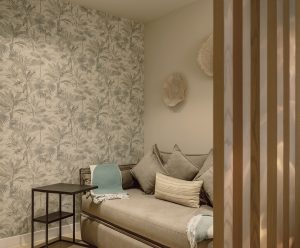
Casa Patagonia
Photography: Óscar Hernández
For the decoration of the spaces, some of the concepts used are images of landscapes, flora or fauna and decorative objects made with organic elements that immortalize the power of vegetation.
Regardless of the lifestyle or type of the house, we must keep in mind the therapeutic effect that nature has on us in order to conceive aesthetic and functional projects, projects that have the necessary elements for their inhabitants to develop their full potential, can feel more fulfilled and truly love their home.
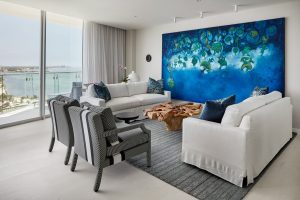
Apartamento G.P.
Photography: Aldo García











